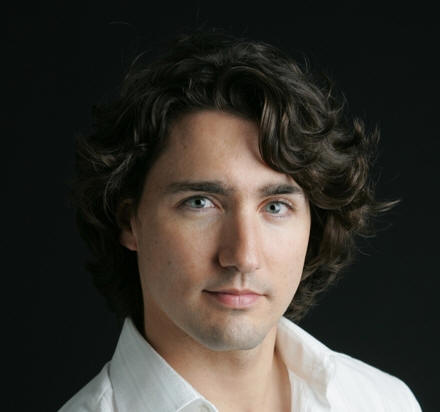 After the last Canadian election on October 14, which gave the right-wing Conservative party a plurality (37% of the popular vote, but more than any of the progressive parties), I wrote: What should be happening is that the Liberal leader should be pulling together a coalition of the four opposition parties to create a government that reflects the interests of the 63% of Canadians who support progressive, not reactionary, government.
Well, Friday this is exactly what happened. After the Conservative party failed to consult with any of the other parties and announced a stand-pat economic policy with no economic or job stimulus, and a few ideological landmines thrown in for good measure (an end to public finance of elections; a ban on strikes in the civil service), the three largest opposition parties (Liberals, NDP, and Bloc Quebecois) decided to form a progressive coalition and bring down the new government. The coalition, which would agree not to vote against any confidence motion (to prevent another election call), would effectively be a majority government, as these parties collectively had 56% of the popular vote in the October 14 election (63% if you include the Greens). There is no denying a certain degree of opportunism and cynicism in this coalition and its timing. But it is equally true that the unsufferable arrogance of Harper, his total ideological intransigence, and his anti-democratic brinksmanship, daring the opposition to defeat him and risk the wrath of the Canadian people for another expensive election so soon, with the economy in turmoil, was the ultimate cause of this anyone-but-Harper coalition. While the Bloc is a progressive party, it is ideologically opposed to federalism and hence will not formally be part of the coalition cabinet, though it will assist in drafting legislation. The Greens, without a member to show for their 7% popular vote, have not yet been invited to join the coalition. They should be. This is an opportunity to show the Canadian people that a government based on proportionate representation can work. A cabinet with 10 Liberals, 7 New Democrats, 4 Bloc members, and 3 Greens (and commensurate participation in policy-making) would precisely mirror the popular vote from the October election. Having “unelected” cabinet members (from the Greens) to accommodate this is quite legal, and has many precedents, and would give this coalition even greater credibility as being truly representative of the will and political philosophy of the Canadian people. I urge the Greens to join the coalition and the coalition members to embrace them. Given that the Canadian economy is inexorably tied to the US economy, which is in a tailspin that will likely worsen and endure for years, the timing for such a coalition makes one wonder if the progressives have a collective suicide wish. But Harper’s argument that such a coalition is “undemocratic” is absolutely preposterous, and the fact that the corporatist media is siding with the minority leader in this position is outrageous. A moderately progressive, majority government for Canada, working alongside the new moderately progressive, majority government in the US, is the best we could possibly hope for at this perilous time in our two countries and the world. Category: Canadian Politics
|





Indeed Stephane Dion entered politics as an appointed Cabinet minister.
Why the pic of young Trudeau?
Trudeau who is something of a folx hero in the radical hospitality circles for hitching to work.Hey any chance the new govt will not be pro-nuke? or am i just dreaming.
bi-partisan, much?
PS: Dion wrote a book on poli science… big whoop. Harper’s background is accounting… you do the math.